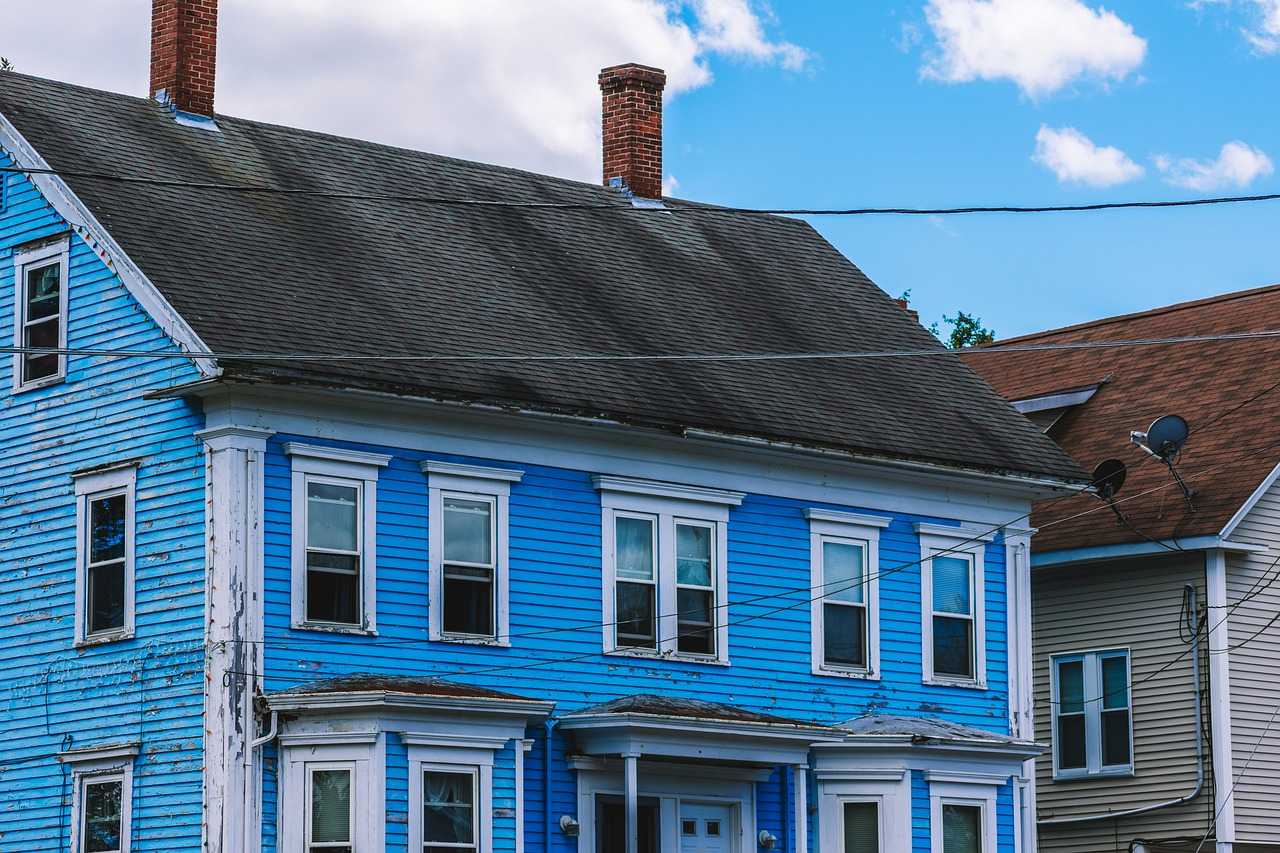
Chimney Repairs
A fireplace is a luxury that comes with extra responsibilities to ensure it is functioning as intended. The chimney, the most important part of your fireplace, requires regular maintenance to ensure it does not break down. When used over time, it will naturally begin to deteriorate, and when the necessary repairs are not done, it will likely cause a hazard. A chimney is made up of different parts which enable it to operate. Examining these parts will help you find the necessary problems so that you can repair a damaged chimney. This article will be your complete guide to all you need to know about how to repair your chimney.
Parts Of A Chimney
Although we pay little to no attention to the anatomy of a chimney, we have to remember that just like any part of your building, it is made up of sections. The parts of a brick masonry chimney include;
- Chimney cover – This is the topmost part of the chimney system. It opens to allow combustion smoke to go out of the chimney and is operated by a damper.
- The Chimney crown is the cement slab on top of the brickwork where the chimney cover is located.
- Flue – This is the hollow part of the chimney system that allows for smoke passage from the fireplace.
- Chimney damper – This is where the chimney cover is operated from with a stainless steel pull chain.
- Smoke chamber – This is the area just above the fireplace that ensures the byproducts of the fire are safely taken out through the flue.
Common Chimney Problems and Repairs
Cracks
Your chimney can experience cracks either on the chimney crown or the firebox, which is considered a safety hazard. These cracks can lead to a build-up of the byproducts from the fire, which are transported by smoke up the chimney. A certain soot-like element called creosote is highly flammable and easily ignited by a stray spark from the fireplace.
Solution
To ensure these cracks do not cause additional damage to your chimney, close them up by applying a coat of silicone or fresh mortar joints to seal them permanently.
Chimney Leaks
The presence of water in the chimney system is dangerous and can damage the mortar on the chimney as well as the internal structure of your house. Water can penetrate due to a crack on the crown, a faulty flashing, or through the cover on top of your chimney. Similarly, when this moisture mixes with creosote, it becomes acidic, which poses a risk of rusting to the metal components of your system.
Solution
Several water repellants in the market prevent water from penetrating through your chimney. Also, a regular checkup at least once a year can help you do the needed repairs early.
Broken Flashing
Flashing is the section where the chimney connects to the roof of your house. This sealing is important in protecting the internal parts of the house from water damage from rain or snow. A faulty sealing will easily break the connection, which poses a danger to the chimney structure and your home in general.
Solution
Mixing mortar with iron rodes can help ensure that the connection is strong enough to support the chimney even in adverse weather conditions.
Tips For Finding A Professional
DIY enthusiasts will want to do every repair themselves, but when looking at the complexity of chimneys, this may not be ideal or advised. This task should be left for a professional chimney sweep and masonry contractor, depending on the type of repair. You should look for a professional with the following qualities.
- Certified and Licensed – Chimney contractors should be trained in the profession and certified. They should also be licensed to operate in your geographic area, which shows they take their work seriously.
- Experience and track record – Look for a contractor that has been in the industry for a long time and has worked on multiple successful projects. You can ask for referrals and also get references from their previous clients.
- Quotation – Most contractors are out here trying to reap you off by overcharging you for mediocre jobs. You should ask for a quote that indicates all the work to be done, the cost of the material being used, and the project’s timeframe. This will help you avoid surprises during or after the project.
The chimney is exposed to severe weather conditions as well as the hot air of your fireplace; it will gradually deteriorate and decay as years go by. Seeking professional help to replace old parts or make adjustments to your chimney is key to ensuring it works perfectly.





